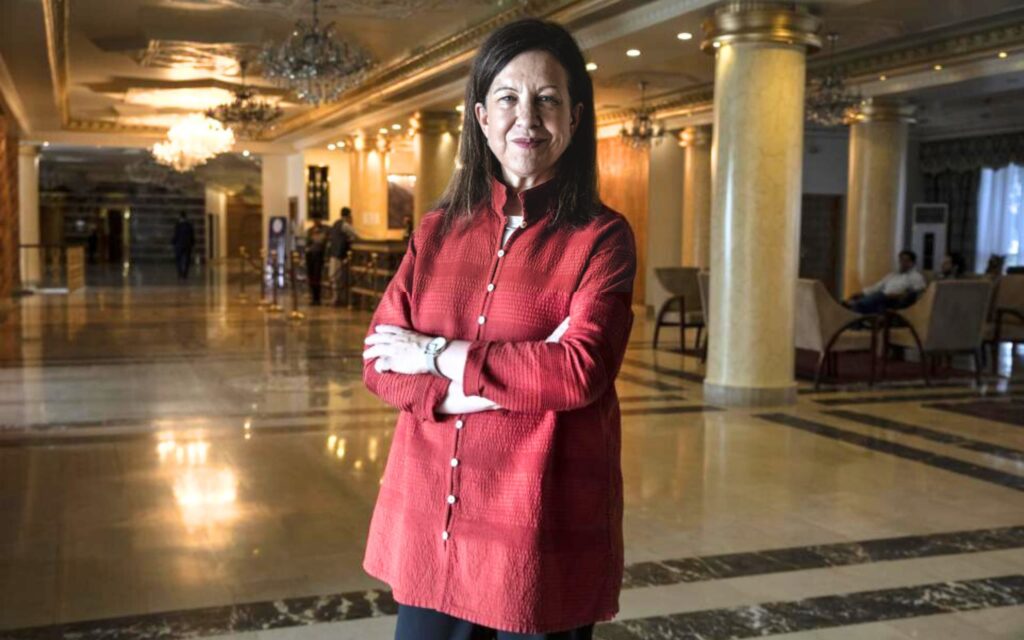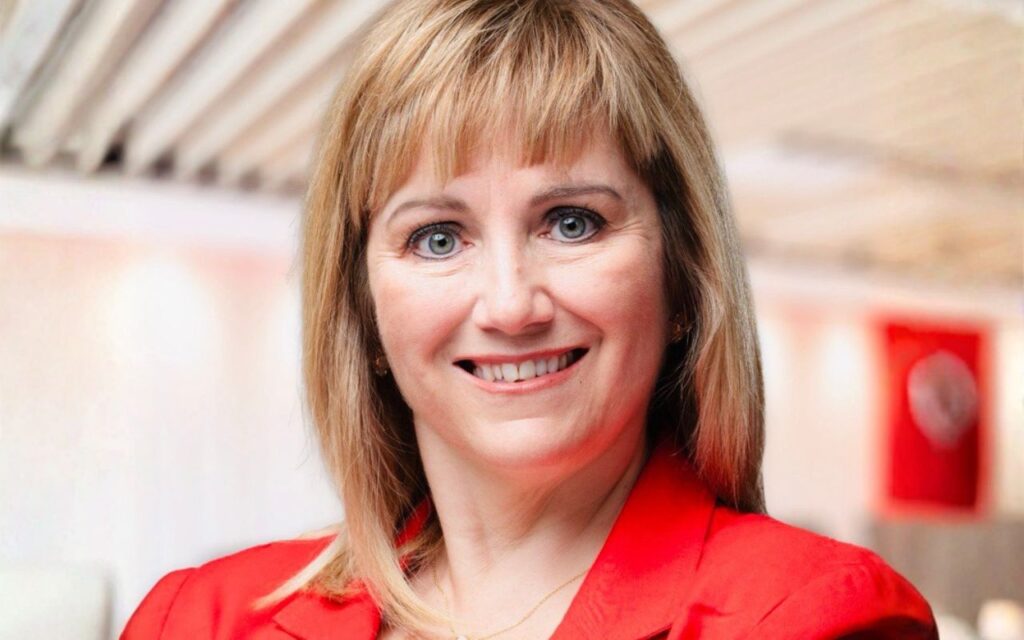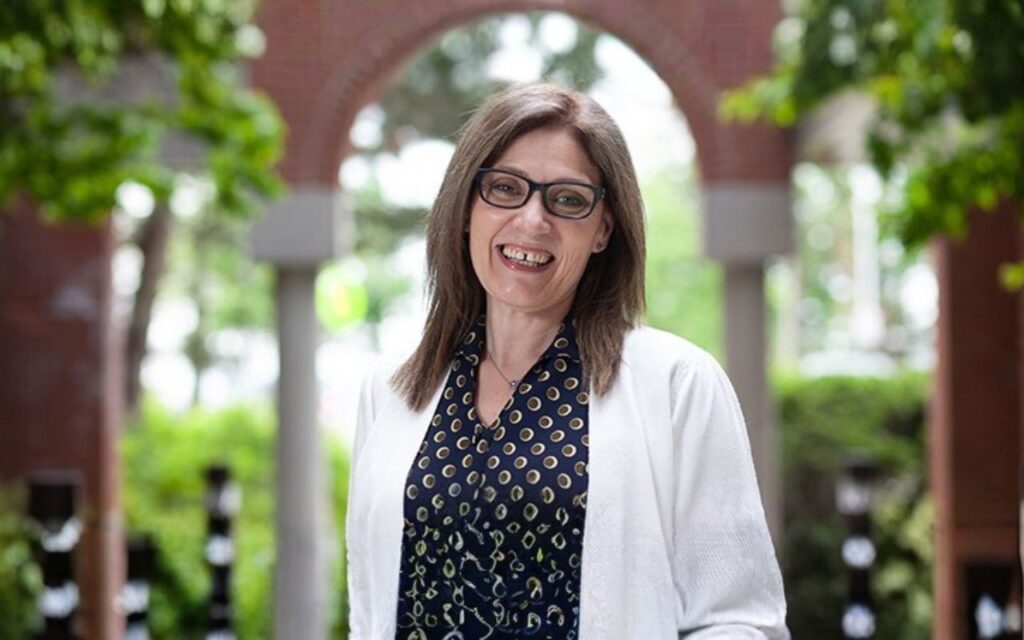
I have a complicated relationship with my name.
Tudor.
It’s different, right? You probably don’t have a friend named Tudor.
In my younger years I accepted that people wouldn’t get my name. I always wondered what it was like to meet new people and just be able to say, “Hi, my name is Jennifer!” and move on with conversation. To this day, I introduce myself as, “Tudor – that’s T-U-D-O-R,” then I usually have to repeat it at least once.
I also got used to people assuming I was a man. Correspondence was always addressed to “Mr. Caldwell” before I got married and, later, “Mr. Robins.” When I spoke to people on the phone for the first time, they’d say, “Oh! You’re a woman!”
I was OK with this. Or, I thought I was. After all, what was the alternative? How could people know I was a woman? If anything, I felt guilty for confusing them. I was borderline apologetic when I said, “Don’t worry,” “It’s fine,” or “My name is tricky.”
Then, the world started changing. Even in my insulated hometown of Ottawa, immigration began to shape us. Then, pronoun awareness kicked in.
Making it clear
Even as some people bristled at the idea of including pronouns in their email signature or on their social media profiles, I thought there was finally a way for people I hadn’t met in person to know how to address me. I support appropriate pronoun use for members of the trans and non-binary communities, but I had more personal reasons for embracing it.
With relief, I set my email signature as: “Tudor Robins (she/her)” — now everybody would be clear!
It has helped. I get misgendered / mispronouned much less often these days. I avoid the awkwardness of trying to think up a good answer to, “Oh, you’re a woman.” (There really isn’t one.)
Some people still don’t get it, though. Whether they don’t want to, or they don’t take the care to read my signature, I’m not sure. I also still encounter people who want to call me “Robin.” Again, I’m not sure why. I assume it’s because “Robin” is a name they recognize and “Tudor” isn’t, and they somehow assume I must have messed up the order of writing my own name. (Plus added an unnecessary “s”, I guess?)
Old habits die hard, and I often still want to apologize to them … except, these days I’m forcing myself not to.
The first time I responded to a “Mr. Robins” email by saying, “I am not Mr. Robins. As you can see from my email signature, I use ‘she/her’ pronouns,” I felt light-headed with angst. I figured it would take a while to get used to being so rude … then I took a step back and realized what I had written wasn’t rude at all. I was using completely neutral language to state a fact.
A simple request
That was a turning point for me — fully embracing the idea that people have a right to use their name and pronouns. That includes everybody — members of the LGBTQ+ community, people with long and/or complicated names, people who have changed their name for any number of reasons, and ME!
Last month, The Honest Talk co-founder, Catherine Clark, posted a story about the large number of people who didn’t respect her mother’s choice to retain her own last name after marriage (McTeer), and insisted on calling her “Mrs. Clark.”
You might say that was a long time ago, and a different age, but it’s still happening today.
Recent, snark-filled stories have made fun of Prince William — calling him “furious,” saying “LMAO,” and painting him as unreasonable — for defending his wife’s wish to be called “Catherine.” These stories quote (and poke fun at) a friend who writes, “William takes offence at people calling Catherine ‘Kate,’ because she has asked to be known as Catherine. It’s a fairly simple wish to respect.”
I would quarrel with that last statement. I would say it’s an extremely simple wish to respect.
It’s astonishing to me that other people think they have the right to decide the name and pronouns that another human being should use. If it doesn’t hurt you, get over it.
My name is Tudor. It’s not that hard to pronounce. It’s a major period in history. There was a hit television series about it. I use “she/her” pronouns. They’re displayed on my social media bios, in my email signature, and on Zoom.
If you mess it up once, I’ll remind you — this should not cause offence or concern — it’s just me sharing a fact with you so we can all be addressed in the way we’d prefer.








